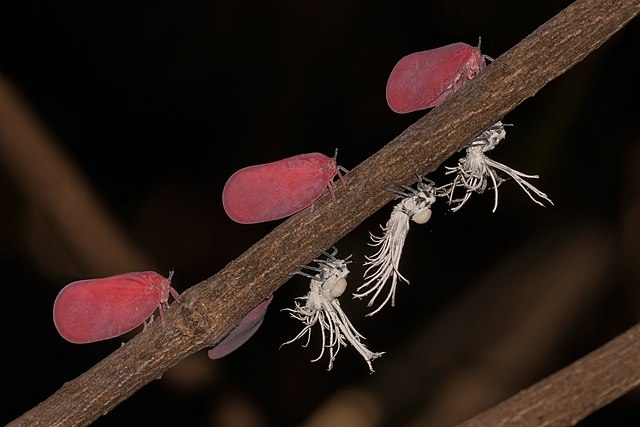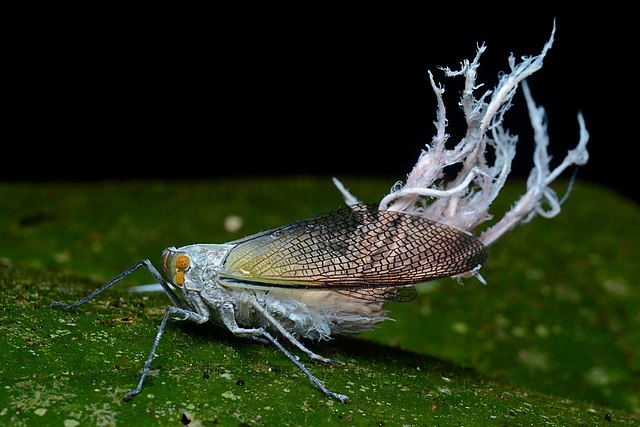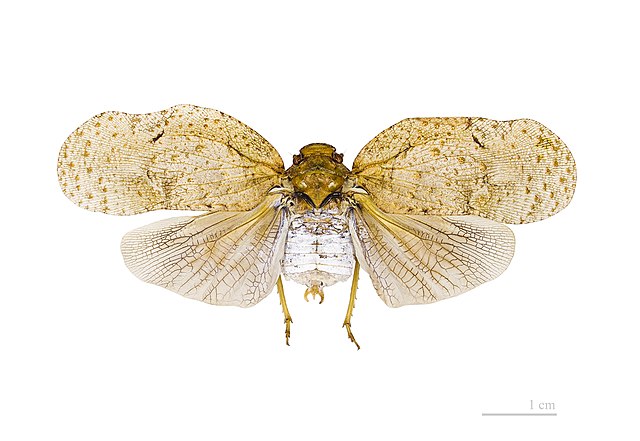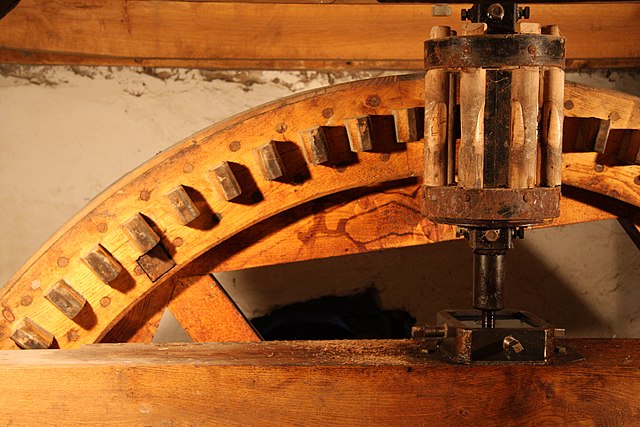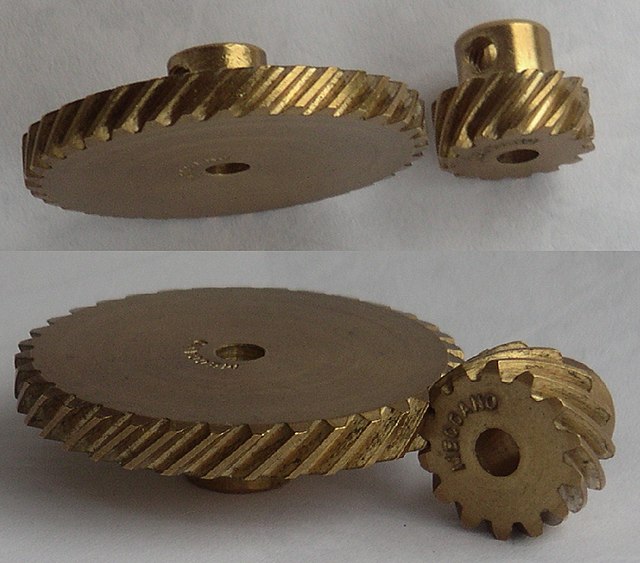A planthopper is any insect in the infraorder Fulgoromorpha, in the suborder Auchenorrhyncha, a group exceeding 12,500 described species worldwide. The name comes from their remarkable resemblance to leaves and other plants of their environment and that they often "hop" for quick transportation in a similar way to that of grasshoppers. However, planthoppers generally walk very slowly. Distributed worldwide, all members of this group are plant-feeders, though few are considered pests. The infraorder contains 2 superfamily, Fulgoroidea and Delphacoidea. Fulgoroids are most reliably distinguished from the other Auchenorrhyncha by two features; the bifurcate (Y-shaped) anal vein in the forewing, and the thickened, three-segmented antennae, with a generally round or egg-shaped second segment (pedicel) that bears a fine filamentous arista.
Planthopper
Planthopper (Fulgoridae: Pterodictya reticularis) with abdominal filaments of ketoester wax
Metcalfa pruinosa (Flatidae)
Flatolystra verrucosa (Fulgoridae)
A gear is a rotating circular machine part having cut teeth or, in the case of a cogwheel or gearwheel, inserted teeth, which mesh with another (compatible) toothed part to transmit rotational power. While doing so, they can change the torque and rotational speed being transmitted and also change the rotational axis of the power being transmitted. The teeth on the two meshing gears all have the same shape.
Iron gears, Han dynasty
Wooden cogwheel driving a lantern pinion or cage gear
A cast gearwheel (above) meshing with a cogged mortise wheel (below). The wooden cogs are held in place by nails.
Helical gears Top: parallel configuration Bottom: crossed configuration

